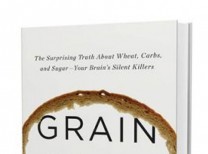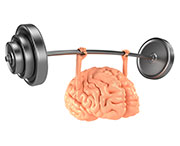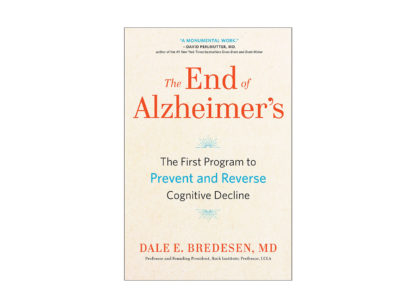Vascular Dementia (VaD) is the second most common type of dementia, behind Alzheimer’s. While Alzheimer’s accounts for 60%-70% of cases of dementia, VaD accounts for 20%.
Unlike Alzheimer’s, VaD is not marked by a buildup of protein plaques in the brain, rather it’s diagnosed by looking closely at how blood moves through the brain. VaD can be diagnosed using an MRI to identify abnormalities, in conjunction with cognitive assessments. These include signs of stroke, thinning blood vessels and changes in brain connectivity. In addition, some tests will measure blood vessel stiffness and elasticity.
Causes. VaD is caused by blocked or reduced blood flow to the brain that deprives neurons of critical nutrients, eventually causing them to die and the brain to shrink. Common contributors to this kind of dementia include stroke, cardiovascular disease, diabetes, hyperlipidemia (abnormally high concentration of fats or fatty acids in the blood) and hypertension (high blood pressure).
Symptoms. VaD symptoms differ depending on which part of the brain the vessels and blood flow are obstructed. Common indications include:
- Slowness in thinking and thought
- Memory problems
- Problems with perceiving objects and visuospatial skills
- Frequent disorientation and confusion
- Problems with making decisions or solving problems
- Symptoms of stroke such as sudden weakness and trouble speaking
- Personality and mood changes (e.g., depression, agitation, anger, anxiety)
- Problems with balance, walking and gait
Treatment. Because different disease processes can result in various forms of VaD, there may not be one treatment for all. While there is no cure, the disease is often managed with medications to prevent strokes and reduce the risk of additional brain damage. Some studies suggest that medications used to treat Alzheimer’s might benefit some people with an early form of VaD.
Treating modifiable risk factors like high blood pressure, diabetes, high cholesterol and problems with heart rhythms can help prevent additional stroke. Living a healthy lifestyle is important to help reduce risk factors.
As a caregiver for someone with VaD, you may face challenges in providing care and understanding behavior changes. Coping strategies include having realistic and attainable goals, controlling vascular risk factors, enjoying the good times and being flexible.
It is important to note that VaD usually worsens over time – in sudden steps or with periods where symptoms remain static. It is likely that your loved one will require increasing levels of care and support with daily life as the disease progresses. There are many online tools and community resources to help your family cope. Also, be sure to ask their physician about developing a care plan that allows your loved one to be as independent as possible.
Editorial by Patricia Riley, board member of Alzheimers Coachella Valley, a community resource for dementia support and education. For more information, call (760) 776.3100 or visit www.cvalzheimers.org.














































Comments (0)